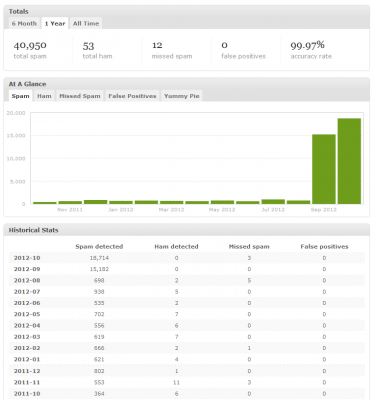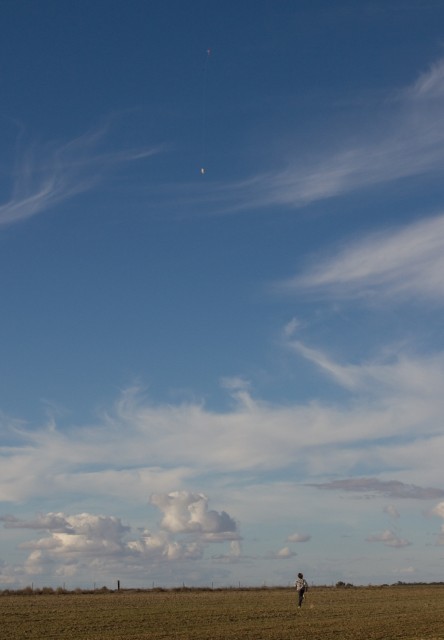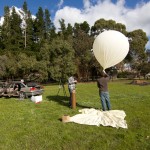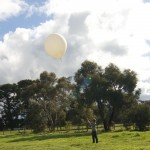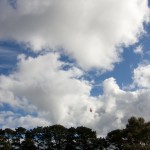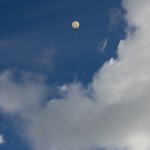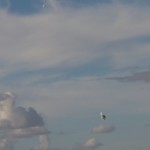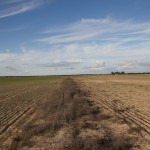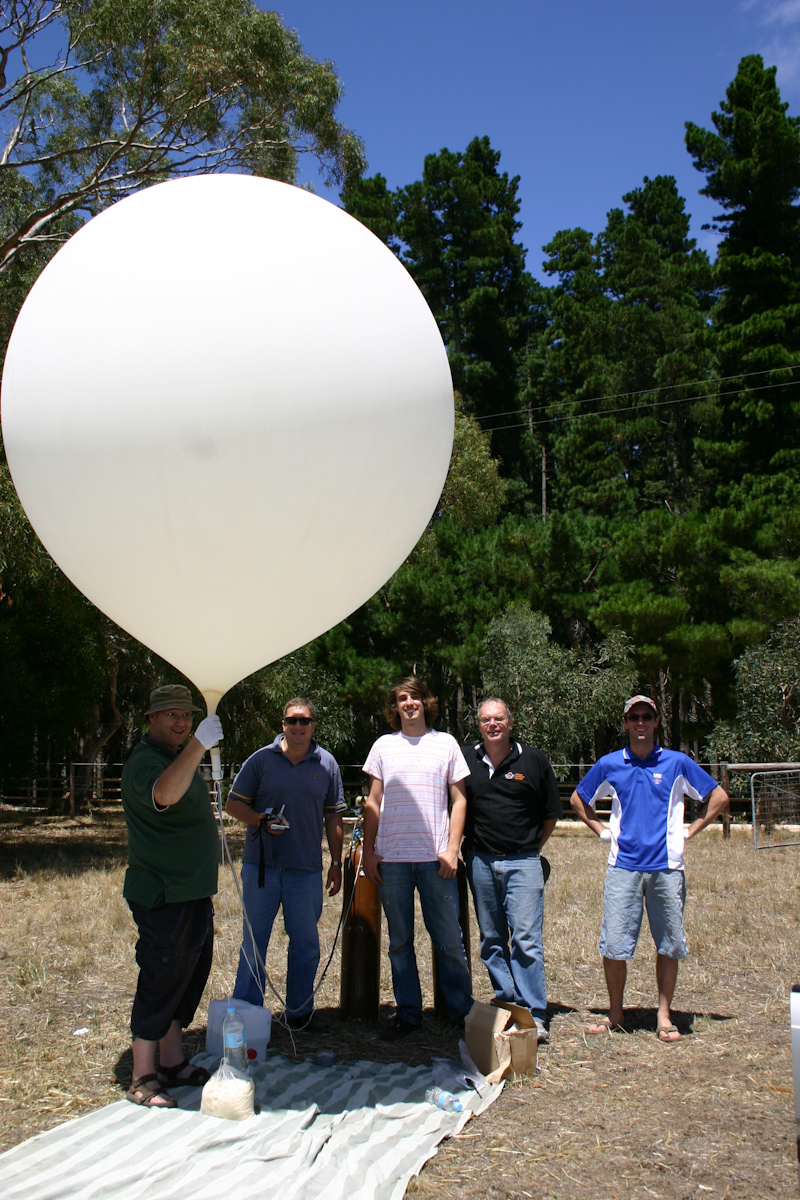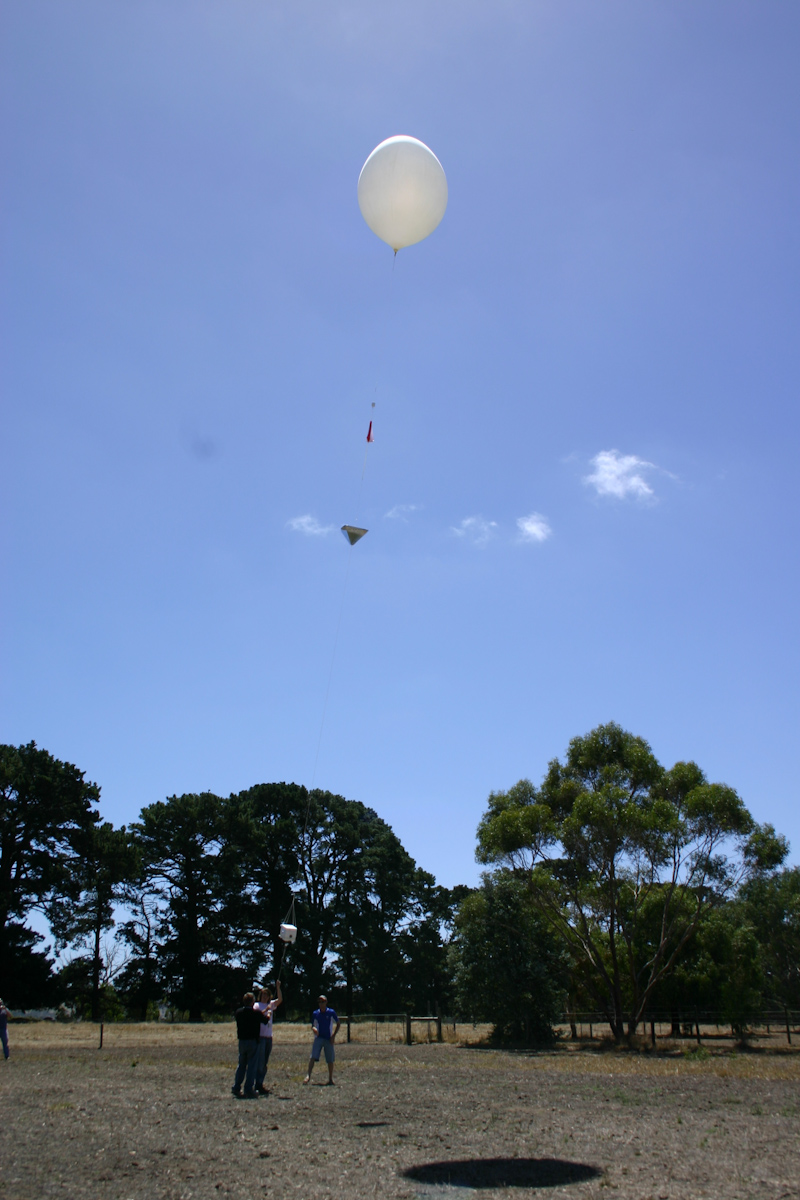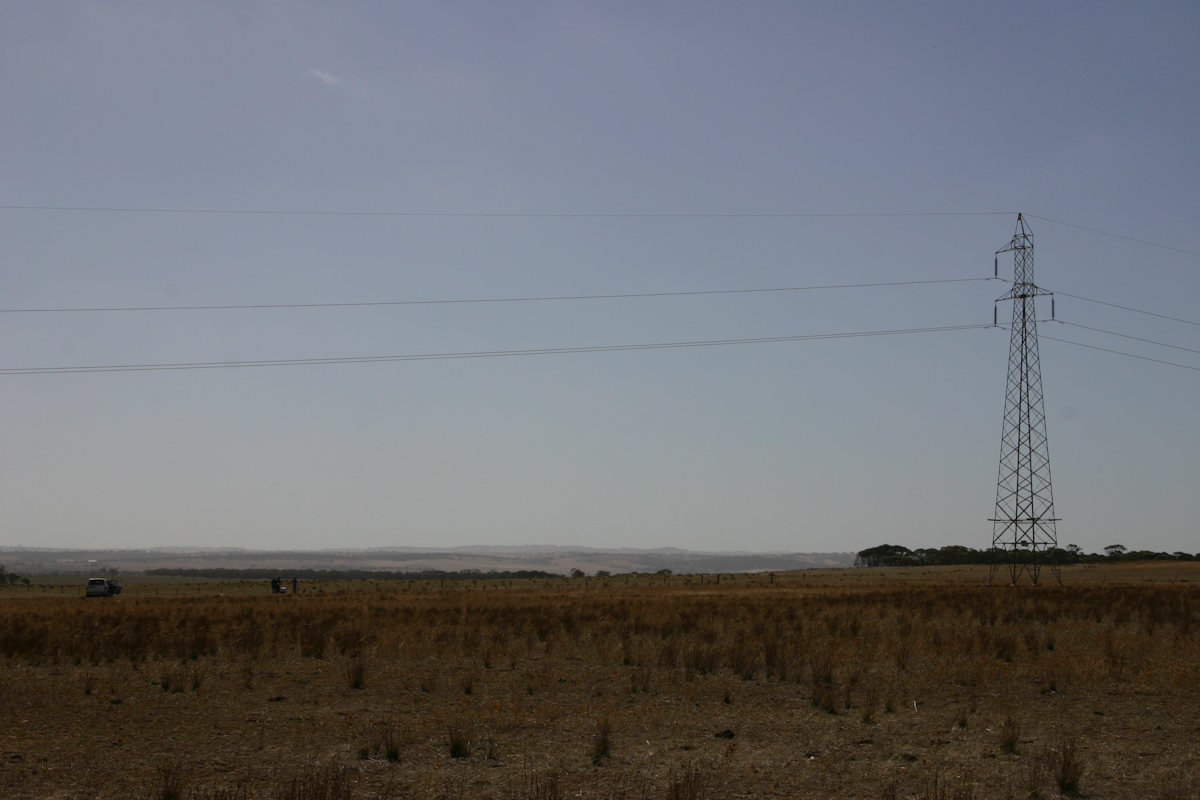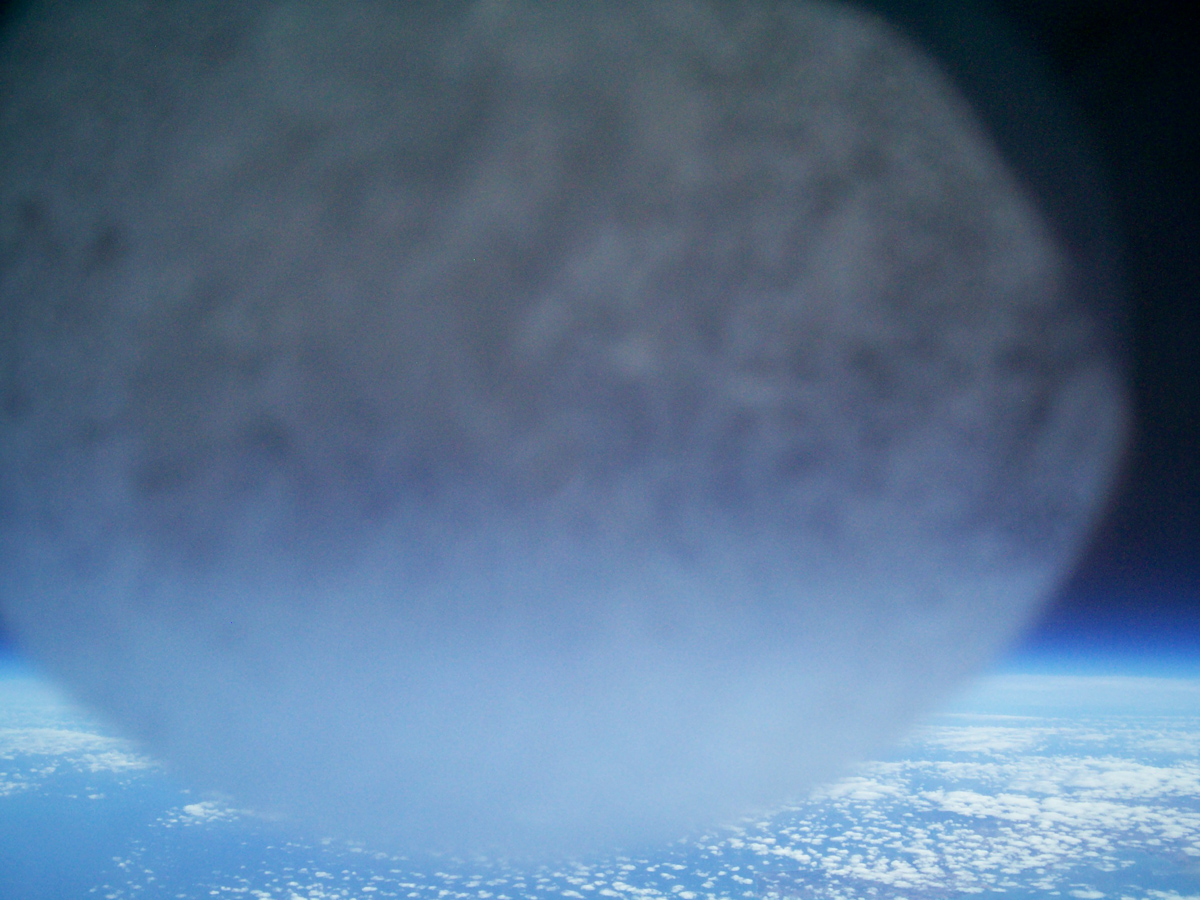Were Still Here!
Yes, we're still here, launching balloons!
All Project Horus launches are now occurring as part of the Amateur Radio Experimenters Group (AREG).
For more information on our recent launches, visit the AREG Project Horus page, available here.
73
Mark VK5QI
Project Horus In Hibernation
As you can tell, we haven't done anything balloon related for a while!
With team members becoming increasingly busy with work, family life, and other amateur radio activities (mostly with the Amateur Radio Experimenters Group), we sadly haven't had much time for high-altitude ballooning.
All the equipment is still working and stored away, so we still have the capability and experience to do a launch at a few weeks notice. If you are interested in doing a launch out of Adelaide, please contact us, there are many members who have a wealth of experience in high-altitude balloon launches who can advise or assist with launching and tracking.
Thanks,
Mark Jessop (VK5QI)
LaunchBox Launch, and upcoming PicoHorus launch
The LaunchBox launches went well, with both balloons launched and recovered. Some details available here, more to follow...
We still have about 1.5m^3 of helium left over from the launch, which we plan on using to launch a pico floater balloon early in the morning on Saturday the 15th of November. This launch will be flying a PicoHorus payload, transmitting 50 baud RTTY on 434.650MHz.
The flight path has it heading from Adelaide towards Victoria, arriving near Melbourne sometime late Saturday afternoon. If the payload floats as intended, it should then head back towards South Australia.
LaunchBox Launch, Take 2
EDIT: Launch moved from Saturday to Sunday due to weather conditions.
The second attempt at the LaunchBox launch will be happening on Sunday the 9th of November, subject to weather conditions.
If it all goes ahead, the two balloons will be lifting off sometime between 10am and 11am on the day,В carrying experimentsВ from schools around the state.
The currentВ lineup of telemetry payloads is as follows:
Launch #1 (approx. 10AM)
Main Telemetry: 434.450MHz, 50bd RTTY,В "VK5ARG-1"
UniSAВ Experimental payload: 439.200MHz, GFSK (not decodable without custom hardware)
Launch #2 (approx.В 11AM)
Main Telemetry: 434.500MHz, 50bd RTTY, "VK5ARG-2"
More to come...
Were still here!
UPDATE: The Launchbox launch has been delayed until early November due to weather and landing area concerns.
The last year has been a quiet one for Project Horus. Getting the team together for a launch has been difficult, as we've all been busy with other commitments. However, things have still been ticking along behind the scenes...
In June we worked with UniSA Connect to run a balloon launch workshop with students from regional South Australia. At the main launch in Burra we had about 30 students in attendance. You can find a short writeup of the launch here.
More recently we've been working with LaunchBox, to launch a number of experiments for schools around the state. Last weekend (13th of September), we launched a Pico payload as a systems test, and also to give the LaunchBox crew an idea of how Project Horus runs a launch.
The main LaunchBox launch will be happening this coming weekend (20th of September), assuming the weather predictions are suitable. Two balloons will be launched, with expected burst altitudes around 30-35km. More details will be provided shortly.
We're still working on writing up many of our previous launches. As we've effectively lost count of how many launches we've done, all future launches will just be referred to with a date (i.e. Horus 2014-09-20) to avoid confusion.
73s
Mark Jessop VK5QI
The scourge of spam
Like all blogs, projecthorus.org sees its share of spam. For the most part, this is kept in check by comment filters like Akismet - the last couple of months have been a bit of an exception though:
Ouch!
Project Horus Skipping Girl Vinegar
To celebrate the launch of their album 'Keep Calm, Carry the Monkey', Melbourne indie band Skipping Girl Vinegar have teamed up with Project Horus to launch a hobo monkey into space.
In the coming weeks, we'll be launching SGV's hobo monkey 'Baker' into near space, along with selected messages from fans and band members alike.

For more details follow SGV on Facebook or stay tuned to the Project Horus blog. ![]()
Project Horus: 1 Year!
It's been one year today since projecthorus.org went online. 8 flights later, I've certainly learned a lot, met some great people & had a bunch of fun! ![]()
This seems like a fitting time to announce a couple of upcoming launches:
Lonely Planet:
I'm currently working with Melbourne artist Chris Lansell in conjunction with Tony Wheeler of Lonely Planet on a project involving HD video cameras & lots of altitude. At this stage, the project is looking like 2 launches, one carrying several HD video cameras, the other carrying still photography. Lift off is set for mid November, weather permitting!
Jason Hansma:
I've been approached by Dutch artist Jason Hansma to assist him in launching one of his exhibitions to near-space. Jason's based in Perth at the moment, and is working on a concept of launching a sculpture of Hermes (the messenger of the gods) into space, capturing the journey in HD video.
There's even more in the pipeline too.. keep your eye on the blog for updates soon. ![]()
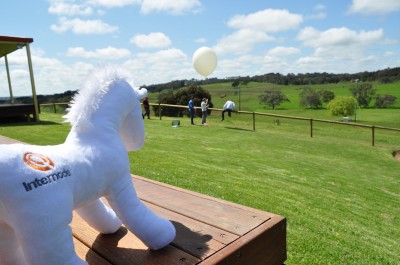
Another successful launch!
Horus 3 was launched today at approx 12:10pm & successfully recovered a few hours later.
The weather was perfect, which made launch so much easier, and (almost) everything went exactly as planned. Thanks to the work of natrium42 & jcoxon in getting the dynamic predictor working in conjunction with the tracker, we were actually able to position ourselves and actually see the payload coming down!
I'll post up a full writeup soon The writeup is here - massive thanks to everybody who helped out with tracking & on IRC! ![]()
- Run for the balloon!
A successful launch!
Project Horus was launched at around 2:30pm local time and successfully recovered at around 4:30pm yesterday, reaching a maximum altitude of 29,606m! ![]()
Our launch was planned for 12:30pm, but was delayed by a couple of hours as assembly turned out to take longer than expected. We were further delayed by an odd GPS issue - none of our modules were able to gain lock for about half an hour. We'd also forgotten our scales, so filling the balloon until it had the right amount of free lift turned into a bit of educated guesswork.
After much stalling & waiting (unsuccessfully) for GPS lock, we decided to launch without lock, figuring there must be some sort of local source of GPS interference, or bad ephemeris data being broadcast. We tied the balloon to the chute, reflector & payload & let it go...
Once the balloon was up, we had a few nervous minutes of waiting for it to gain GPS lock, and then another few minutes waiting for altitude to be correlated. Pretty soon the balloon was indicating that it had lock, but its ascent rate was much higher than we had predicted, meaning our landing predictions would be invalid.
natrium42 was following the launch online and kept us updated on the balloon's progress via #highaltitude, as we were too busy driving, making sure we were decoding telemetry & trying to work out where to go to take note of much of what the balloon was doing.
Soon the balloon had picked up speed and was heading east - 2 of our chase cars headed for the freeway to try & catch up, and Adrian VK5ZSN took an alternate route in his more capable 4wd.
A brief while later, we'd reached Murray Bridge, and were still decoding the balloon OK. We started heading north towards Palmer in anticipation of its flight path, but soon realised that the balloon would likely not be getting much higher, as it had just passed 28km. 1600m and a few minutes later, the balloon popped and started heading back down at 200km/h, owing to the lack of atmosphere to slow it down at this altitude. We turned around south of Tepko and headed back towards Murray Bridge, and let the other cars (both of which had stopped for lunch!) know of the balloon's descent.
As the balloon came below 10km, we realised that the parachute must not be working effectively - it was still falling far too fast. We scrambled to place ourselves in ideal spots - one car atop a hill with a yagi antenna following the balloon down to the ground, another racing towards where we thought the balloon would land.
As the balloon landed, I was about 2-3km away - from this distance I could hear the telemetry signal become very weak, though still audible. Our last fix on the balloon was at about 300m altitude. Given its descent rate, it would have hit the ground 5-10 seconds after this, so we would have no trouble finding it. We confirmed with our third car that they were still decoding the landed payload with the yagi from a few km away, and headed to the landing site - where we found Adrian & Co who'd just sought permission for us to retrieve the payload from the farmer whose paddock we had landed in.
Despite the hard impact, the payload was in good shape (except for the antenna) & was still transmitting data. After a brief introduction to the local cows, we called it a day and headed home to go over the data & photos captured.
Unfortunately for us, we experienced a lot of condensation on the inside of our payload (or maybe ice outside), which resulted in very blurry photos above about 5-10km. This is something which I'll improve on in future, either by flushing the payload with helium to clear any moisture before launch (thanks Rob), or avoiding the use of glass filters to seal the payload up and allowing the camera lenses to poke out of the sealed interior.
Despite the blurry photos (which we'll improve on next time!), we managed to get some good data, and the telemetry systems worked very well in their first real world test. Several amateur radio operators tuned in for the launch & helped us track the balloon, which was great. Our barometric sensor did a great job of calculating the pressure altitude until it reached it zero-value at around 15km. The payload's external temperature was embedded in the polystyrene foam, which prevented it from registering as low as the temperature no doubt reached - something else to work on next time.
A big thanks to all involved for helping this to be a successful launch - esp to Adrian, Alex, Brad, Guy, Alan, Andrew & Holly for coming out on the day and tracking the balloon with me! An interactive map of the balloon's flight path & our chase car routes is available online, and you can also download it to view in Google Earth.
